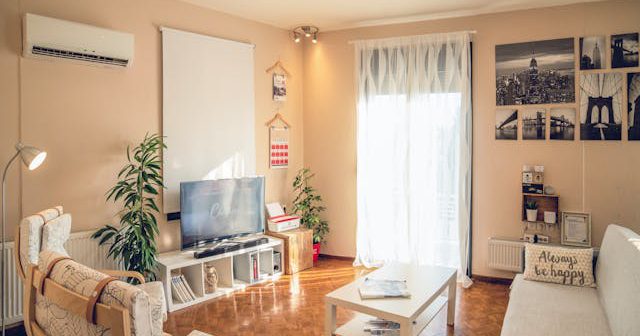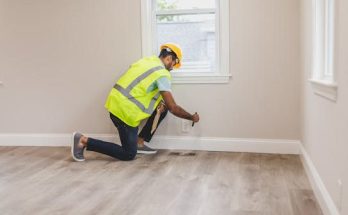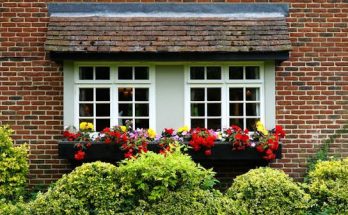Investing in a new air system—whether it’s central air conditioning, a heat pump, or a whole-home HVAC system—can make your living space more comfortable and energy-efficient. But simply installing it isn’t enough. To get the best performance and longevity from your investment, you need to take steps to ensure it runs smoothly year after year.
Here are key ways to make sure your new air system works at its best:
1. Schedule Professional Installation
The foundation of a high-performing air system is proper installation. Even the best equipment won’t function correctly if installed poorly. Hire certified technicians who understand sizing, ductwork, and system calibration to avoid issues like uneven cooling, frequent breakdowns, or high energy bills.
2. Learn Your System’s Settings
Modern air systems often come with programmable or smart thermostats. Take the time to learn how to adjust temperature schedules, energy-saving modes, and zoning options. Optimizing these settings can reduce energy waste and maximize comfort.
3. Replace Filters Regularly
Air filters trap dust, pollen, and other particles, but when clogged, they restrict airflow and force your system to work harder. Most filters should be replaced every 1–3 months, depending on usage and air quality in your home.
4. Keep Vents and Ducts Clear
Blocked vents reduce airflow and efficiency. Make sure furniture, rugs, or curtains aren’t covering vents. Consider a professional duct cleaning if you notice dust buildup or reduced airflow, as clean ducts improve both air quality and system performance.
5. Maintain Proper Humidity Levels
Air systems work best in balanced humidity conditions. Too much humidity can make the air feel warmer and strain your unit, while very low humidity can dry out your skin and furniture. Use humidifiers or dehumidifiers if needed to keep indoor humidity around 40–50%.
6. Schedule Regular Maintenance
Just like a car, your air system needs routine checkups. Schedule seasonal maintenance with a professional to inspect refrigerant levels, clean coils, check electrical connections, and ensure everything runs efficiently. Preventative care can extend your system’s lifespan and prevent costly repairs.
7. Monitor Energy Usage
Keep an eye on your utility bills after installing your new system. A sudden spike in energy costs could indicate inefficiency or a mechanical issue. Smart thermostats and energy monitoring tools can help you track performance and spot problems early.
8. Keep Outdoor Units Clear
If your system includes an outdoor unit, make sure it has at least two feet of clearance on all sides. Remove leaves, dirt, and debris regularly to ensure proper airflow and prevent overheating.


